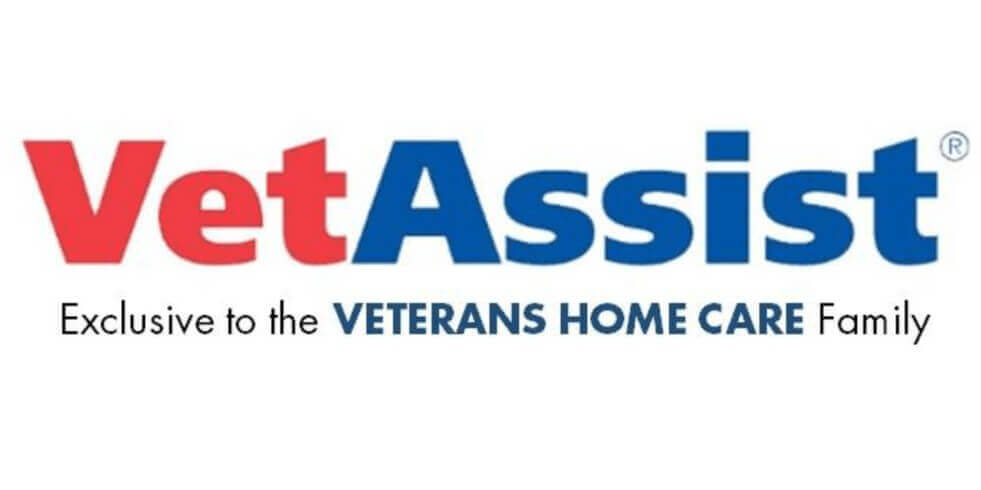This National Vietnam War Veterans Day, Consider These Veterans’ Unique Experience
A short walk from the Lincoln Memorial in Washington D.C., you will come to a long, black wall smoothly shining a reflection of the sky, trees, and people around it. On this wall are engraved 58,318 names of Vietnam War veterans who lost their lives in the ten-year conflict that forever changed Americans’ imaginations of war. Dedicated in 1982, the two 200-foot sections of the wall are watched by the Three Servicemen Statue (1984) and also joined by the Vietnam Women’s Memorial (1993). The service members’ emotions are brought to life in these statues: uncertainty, fear, courage, determination, and the anguish of loss.
March 29th is recognized as National Vietnam War Veterans Day across the United States. About 2.7 million US armed forces personnel served in the Vietnam conflict. While war was never officially declared by the US, combat operations were executed from 1964 to 1973. What made the Vietnam War so difficult was a shifting societal opinion of foreign military operations, resulting in uniquely poor treatment of Vietnam veterans returning from grim conditions. The legacy of the Vietnam war is something this nation is still wrestling with, as many Vietnam veterans have suffered severe chronic health conditions and psychological distress since their return over 50 years ago.
At the social and government levels, we still have steps to take to properly honor and support the veterans who served in Vietnam.
The History of the Vietnam War
What we call the Vietnam War is also known as the second Indochina War. After gaining its independence from France, Vietnam was divided on its future, and different domestic factions wrestled for control. Forces in North Vietnam—the communist Viet Cong and the North Vietnamese Army, supported by China and the Soviet Union—battled with US-supported South Vietnam starting in 1955.
Politically, the larger part of the Vietnam War significance was held in the struggle between communism and democracy. President Dwight D. Eisenhower used the metaphor of dominoes (and the falling dominoes effect) to illustrate the fear that a country that fell to communism would increase the likelihood of its neighboring countries also becoming communist—a principle called Domino Theory. Alongside Vietnam, Laos and Cambodia were also suffering violent civil conflicts to determine their political futures.
While Eisenhower and John F. Kennedy limited US involvement, Lyndon B. Johnson and the 1964 US Congress ramped up American presence in Vietnam after a confrontation between North Vietnamese and American troops in the Gulf of Tonkin. As the war dragged on into the late 1960s and early ’70s, hundreds of thousands of American military personnel were deployed to Vietnam and surrounding areas.
Early public sentiment was mostly in favor of American intervention in Vietnam, but the tide slowly turned. By the end of the war, less than a third of Americans voiced support of US presence in the Vietnamese conflict. Conscription, peace and hippie social movements, and the abundant photos and video footage of the war’s violence—a first for wartime America, especially with its shocking depictions of civilian casualties—made the war deeply unpopular with the public.
When the US withdrew from Vietnam in 1973, there was no victory to celebrate, adding to the indignity of the disfavored war.
Soldiers Returning from Vietnam
One of the most tragic legacies of the Vietnam War is the mistreatment of Vietnam veterans, who returned from grueling conditions to hostility and contempt. In contrast with the fanfare given World War II veterans after the end of the war, Vietnam veterans’ support was virtually nonexistent. Many returned alone, badly injured, exhausted, and traumatized by what they had experienced, only to be verbally abused or maligned by the civilian public who viewed them as aggressors in a barbaric human rights catastrophe. At best, they received quiet indifference.
The soldiers in Vietnam were very young, as a group, and about a quarter had entered the war via draft. Over 58,000 who served did not return from Vietnam, and an estimated 153,000 returned severely wounded.
For decades after their service, some Vietnam veterans have suffered illness related to Agent Orange exposure—while waiting on lengthy class action lawsuits to secure healthcare and disability compensation. While their WWII predecessors enjoyed a booming post-war economy and received education and economic benefits intended to help build the next season of their lives, Vietnam veterans faced stagflation and an overwhelmed VA that was unprepared for the demand on veterans’ services.
It is deeply lamentable that many soldiers of the Vietnam War have remained unsupported while grappling with injuries and ailments, including mental illness and the effects of trauma. (Post-traumatic Stress Disorder, or PTSD, was not codified as an illness until 1980.) Fifty years after the end of US involvement in Vietnam, we are still seeing new legislation wins in the fight to care for these veterans.
Support and Benefits for Vietnam Veterans
The Vietnam Veterans of America, or VVA, was founded in 1978 to advocate for Vietnam veterans. This includes pursuing expanded and high quality healthcare benefits, holding government agencies accountable for delivering what was promised through legislation, and making sure all POWs and MIA servicemembers are remembered. VVA not only connects Vietnam veterans with VA services, but also offers outreach specifically for PTSD, substance abuse, and homelessness. In addition, they provide educational resources to schools, researchers, and authors to present a more complete and faithful narrative of Vietnam veterans’ experiences; this can even include Vietnam war stories from soldiers who lived it.
As the population of Vietnam veterans have aged, their health conditions have worsened. After persistent lobbying, new VA benefits have become available through the passing of the Blue Water Navy Vietnam Veterans Act (2019) and the PACT Act (2022). Both of these have expanded both the presumptive locations where Vietnam veterans could have served and the presumptive conditions that qualify for Agent Orange-related disability coverage. There are also benefits for children of Vietnam veterans whose health was affected.
There are additional resources available with the VA’s Aid and Attendance benefit, which reimburses for home care costs. This is one of the most underutilized veteran benefits and can help secure needed assistance for Vietnam veterans who need help with the daily activities of their lives, like bathing and eating. (If you’d like to know whether you qualify for Aid and Attendance, Veterans Home Care can help you determine the answer and apply.)
The Lasting Impact of the Vietnam War
Vietnam stories told by filmmakers, fiction writers, and historians have illustrated the terror and abandonment experienced by Vietnam veterans—but this awareness did not build until the 1980s. The 1982 Vietnam War Memorial marked a milestone, and in 2004, the National Park Service added a new plaque honoring those Vietnam veterans who were not killed in combat but who died later of Vietnam-related illness, such as Agent Orange-related cancer or Parkinson’s Disease.
By the Persian Gulf War in 1990, the public had shifted back to a more supportive and honoring posture towards veterans. In 2012—the same year that first recognized National Vietnam War Veterans Day—the Library of Congress highlighted Vietnam veteran stories from its Veterans History Project Collection, noting that no two stories are the same.
One of the Vietnam War’s impacts has been to bring more awareness to the American public of the steep price paid by our armed forces personnel, during and after their service. While we have seen an increase in Vietnam veteran benefits offered by the VA, it has been slow-coming, and too many of our Vietnam veterans are still underserved by health and financial resources to which they are entitled for their sacrifices. On March 29th, consider learning more about legislation and organizations that support our Vietnam veterans with tangible action.
Vietnam veterans are currently the largest group of veterans aging into chronic health needs that require home care and other more intensive support. If your loved one needs home care, our VetAssist mission is to make home care easily and quickly accessible for those who qualify through the VA Pension with Aid and Attendance benefit. Veterans Home Care can help you determine whether you or your loved one will be eligible to receive the benefit, which can cover some or all of the cost of home care, and we make it easy to apply. Chat with us via our website, or call us at (888) 314-6075.















